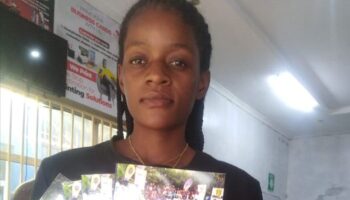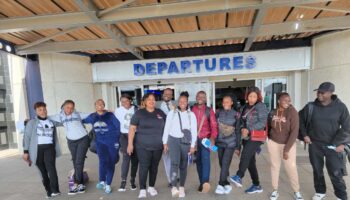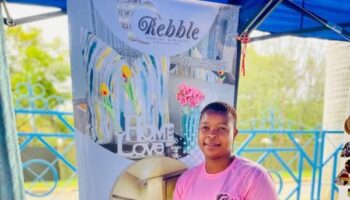Tutors will have to play catch up with a number of subjects due to the disturbances from the Covid-19 pandemic. We look at one subject which can assist tutors to help students catch up quickly and the subject is accounting. For beginners, the subject is introduced the same way be it at form 1, form 3, A level, undergraduate or post graduate level.
Traditional Approach
The most common way to teach accounting is to start from the bottom and build upwards. Debit/Credits, T Accounts, Journals and ledgers, Trial balances, Profit and Loss then Balance sheet and cashflows. Key accounting concepts are also introduced during the course including accounting standards.
For starters, the bottom up approach can be confusing and may take ages for students to appreciate what exactly they are doing and why.
Disruptive Approach
You start with the end product (financial reports)
Showcase the set of final financial statements. The Profit and Loss, Cashflow, Balancesheet and accompanying notes used for external reporting .
Showcase the set of management accounts used for decision making and the various components.
Print hard copies and bound them in book formats. Students will constantly refer to the books throughout their studies.
Computerised Final Accounts
Students should appreciate how the accounts are prepared and tutors can utilise simple accounting softwares such as Pastel and demonstrate source document inputs and running reports.
Accounting visualised
A visit to the stock exchange will help students to appreciate how companies raise funds. How the stock exchange works, getting a feel of stock share certificates and interviewing investors and stock brokers. An important output is where do equity on balance sheet emanates from?
Balance sheet visualised
Help students appreciate components of a balance sheet such as:
Assets: Physical buildings, equipment, vehicles, inventory examination. Take photos of assets and let students create own balance sheets.
Liabilities: Take students through liabilities reviewing a sample of reports, conducting interviews and referring to published financial statements.
Profit and loss account Visualised
A visit to a local retail shop, tuckshop and others and observe operations, how they are recording transactions and creating records will help. How the Profit and Loss links up with Balance sheet etc
They should have a set of a trial balance and appreciate its importance, how it’s linked to other ledgers and accounts.
They can be asked to create own personal financial statements, or help family members running businesses.
Linking Financial Reports with Source Documents
The last stage is an exercise of linking the final accounts with the source documents.
This is back to Debit and Credit concepts linking it with the final accounts.
T accounts preparations and appreciating the big picture. By referring to accounting system financial reports print outs.
Journal and Ledger entries with students linking them to their copies of the big picture of final accounts.
Advantages
The accounting course can be completed in record time and this can even be slicing 70% off the traditional approach.
Students will complete the course with practical skills and for those interested in pursuing the course further, they would have got a great foundation.
The traditional approach wastes a lot of time with too much theory which may make it difficult for students to appreciate why they will be doing the course and what exactly they will be doing.
Tours can help reduce study time by a considerable amount. Images of a balance sheet likely to stay longer in the minds of students than having a tutor standing in front of a class and delivering lectures.
In future we will look at more subjects such as Mathematics, Economics, Business Management and others.
We hope you find this useful.
![]()





